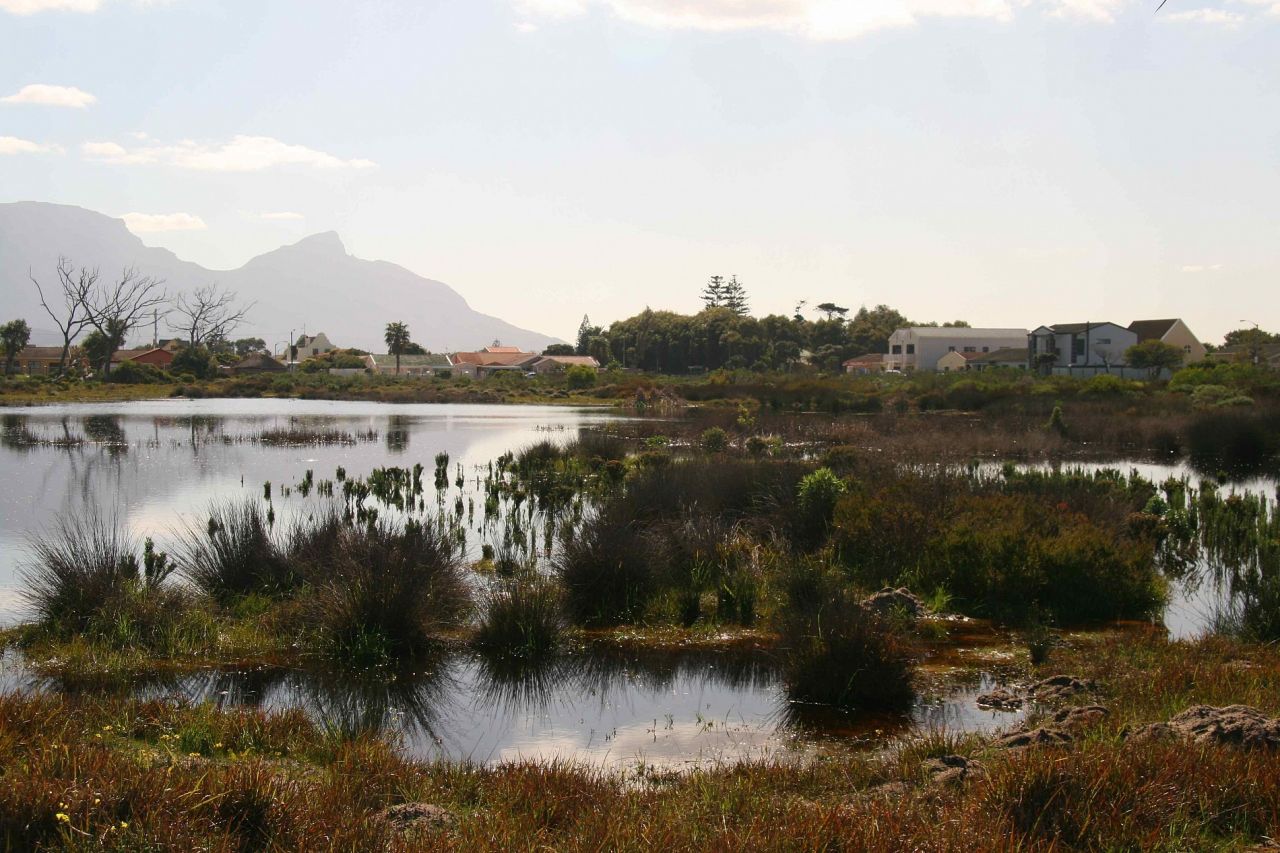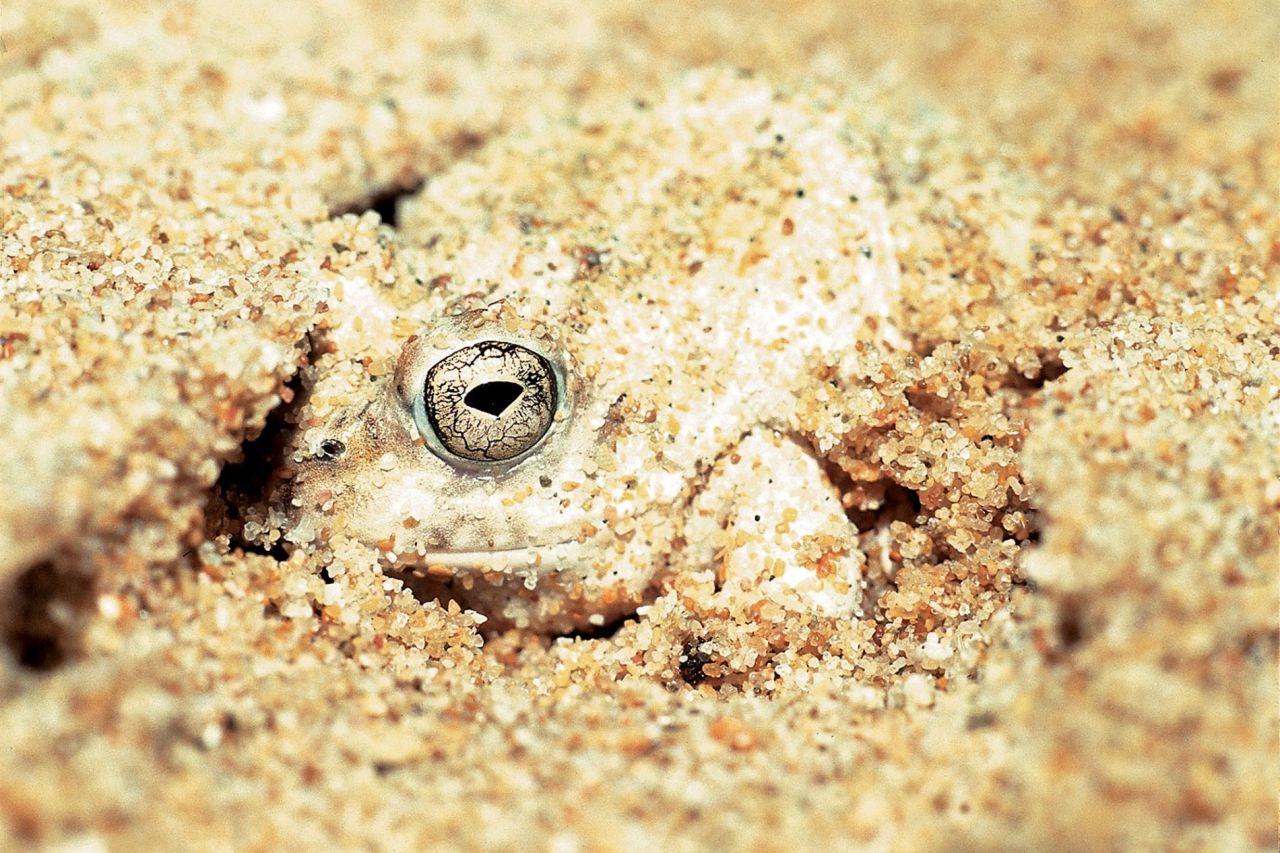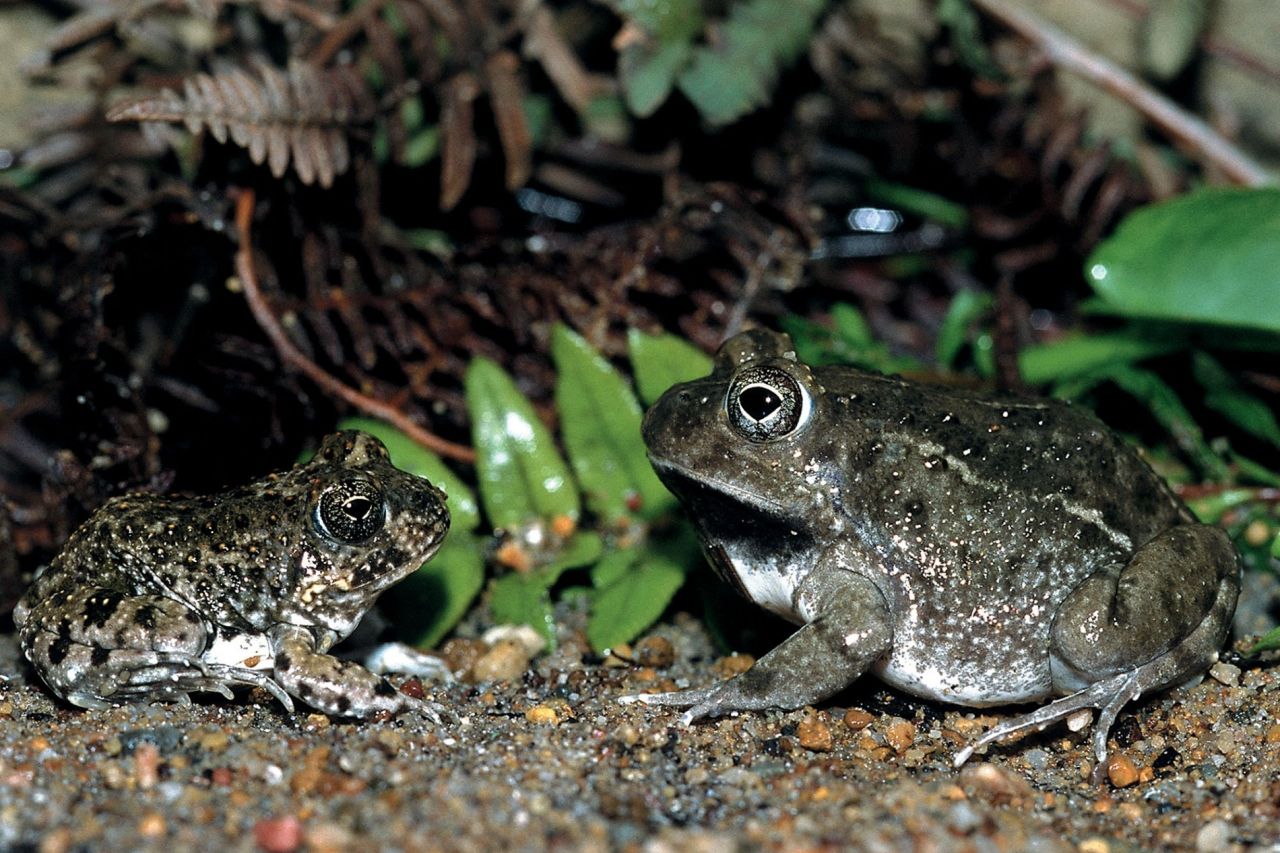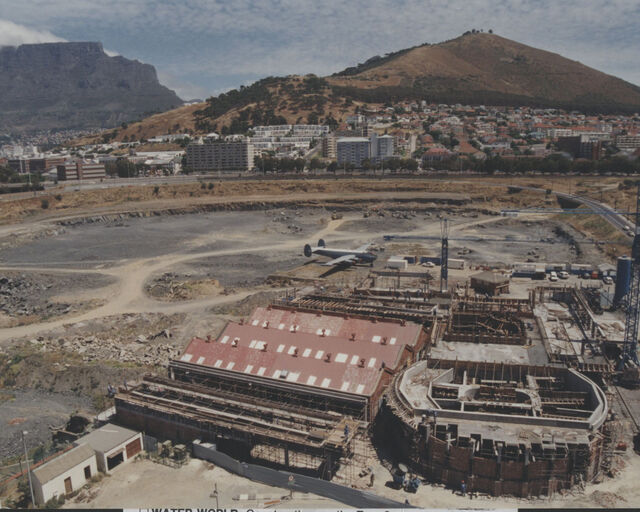World frog day: Meet the western leopard toad and all its froggy friends
Our frog friends in Zeekoevlei
Living in Zeekoevlei we are surrounded by wetlands, both permanent and seasonal - and could easily be fooled into thinking we live in padda paradise. Certainly, I have been fortunate to have seen and/or heard several frog species in the neighbourhood and even in my garden. During the rainy season, it is an absolute treat to roll down my window as I drive into my neighbourhood and hear the chorus of frogs as they click and snore away to one another.
Yet this little haven is one of the last few remaining wetland sites on the Cape Flats. Over 50% of South Africa’s wetlands have been destroyed due to bad land management and less than 5% of the special seasonal wetlands found on the Cape Flats remain. Pollution, urban development and encroachment, invading alien vegetation, sewage effluent and stormwater runoff, domestic pets, climate change and reduced rainfall, and cars on roads are some of the issues facing our frog friends.

The Western Cape is the only place in the world where you will find Western leopard toads.
They live in natural vegetation, on farms and in compost heaps in gardens, but move to water, especially wetlands, to mate and lay their eggs.
Arum lily frog
Hyperolius horstocki
SIZE: 35-40mm
Arum lily frogs live in wetlands in the southern coastal lowlands and breed in small pans, dams, vleis and even quiet streams. These pretty, highly camouflaged frogs sometimes shelter in the flowers of arum lilies during the day, tucking their bright orange legs and feet under their bodies.
At night they creep out of the flower and down the stem to hunt for insects.
They are becoming increasingly rare as urban development is destroying their habitat. Help create habitats for frogs by planting indigenous plants in your garden and avoiding the use of chemical fertilisers and pesticides.
I have seen and heard these little frogs – both in arum lily flowers and on restios. On rainy nights they hop madly across the road and it is a real challenge to try and avoid them – as a result many are sadly squished by cars.
Cape river frog
Amietia fuscigula
SIZE: 60-120mm
These large frogs are common in the Western Cape and can often be seen sitting next to rivers or on the edges of dams and streams. They will also live happily in garden fishponds.
Cape river frogs will eat any animal that they can overpower. They feed mainly on insects, but also have an appetite for millipedes, crabs, other frogs and even small mice.
Clicking stream frog
Strongylopus grayii
SIZE: 35-45mm
Clicking stream frogs maybe small, but they have a strong voice! Males can be heard clicking away at night to attract females. Clicking stream frogs are often difficult to identify as they vary so much in colour.
They breed in various places – from vleis and slow-moving streams to brackish pools.
I know that the winter rains are coming when I start hearing the clicking stream frogs clicking away – sometimes it is one lone little voice in the dark, but soon other voices join the chorus.
Cape sand frog
Tomopterna delalandii
SIZE: 45-50mm
Cape sand frogs live close to the coast on edges of freshwater lagoons and vleis. They use hard ridges on their heels to bury themselves in the sand, corkscrewing slowly as they burrow.
At breeding time the chorus of the males calling can be heard from over one hundred metres away! About two to three thousand eggs are laid in the water and the eggs have an unpleasant smell about them!

Common platanna (African clawed toad)
Xenopus laevis
SIZE: 60-100mm
These “flat frogs” live in natural water-bodies, but you might see them in your garden pond. They also don’t mind living in the local sewerage works. At the end of the rainy season, they bury themselves into wet mud where they hibernate until the next rains. The common platanna was used in pregnancy tests all over the world between 1930 and 1950.
Also known as African clawed toads, these “flat frogs” have powerful back legs and sharp claws on three of their toes. They hold prey in their mouths and tear it with an overhead “kick” by their back legs.
Common platannas feed in the water on any living creatures they can overpower. Their prey includes frogs and tadpoles (including their own kind), insects and other invertebrates (mosquito larvae especially are consumed by young frogs), small fishes, young birds and mice that fall into the water. They even feed on carrion in the water.
There is a section of road in Zeekoevlei which sees prolific numbers of platannas coming out in the rain and trying to cross the road. These frogs are extremely slippery and slimy and it is hard to keep them in your hands once you’ve picked them to move them to safety.
Flat caco (Flat dainty frog)
Cacosternum platys
SIZE: Grows to 22mm
These little frogs only live in the Western Cape in flooded grasslands and seepages, even down at sea level. They have narrow heads, wide bodies and like other species of frogs, their colouration varies from grey to brown to green with dark spots and stripes. Sometimes they have a pale vertebral line running down the length of their bodies and a dark band from their eyes to the base of their arms. Male flat cacos have darker throats.
They have no webbing between their fingers and toes.
Males call from their hiding spots in amongst the vegetation next to water. Their call sounds like a marble being dropped into a glass bottle and is a series of chirps.
I have never seen these frogs, but their call is delightful - they can often be heard calling from one of the seasonal wetlands in Zeekoevlei, locally known as Witches’ Pool.

Painted reed frog (Marbled reed frog)
Hyperolius marmoratus
SIZE: 25-35mm
Painted reed frogs are like little Picasso canvases – their colours and patterns vary tremendously and some have spots while others have stripes and others still are marbled. They were not typically found in the Western Cape (they originally lived in the north-eastern parts of the country), but found their way here about 20 years ago and have spread rapidly. It is thought that they may have hitched a ride in plants moving between nurseries in different parts of the country, or even hiding in amongst camping equipment and returning with residents after a holiday in other parts of the country. There is also speculation that they might have been able to spread across the country via farm dams which have increased in numbers over the years.
Painted reed frogs live in vegetation on the edges of swamps, rivers and lakes in all types of savannah, grassland, fynbos and bush, and are also quite at home in gardens and parks.
Painted reed frogs spend most of their time on land and in the sun where they are at risk of drying out. They are able to ‘save water’ by sitting motionless for hours, slowing down their metabolism, turning pale to reflect sunlight and by storing water in their bladders which they then release through their skin.
Frogs need us as much as we need them. They are ‘watch-frogs’ - they alert us to vital information about the quality and health of the surrounding environment. If a water body is devoid of frogs there is a strong possibility that the water is contaminated and not fit for a frog to live in, let alone for me to swim in or drink.

Related News
Sign up to our Newsletter
Receive monthly news, online courses and conservation programmes.




